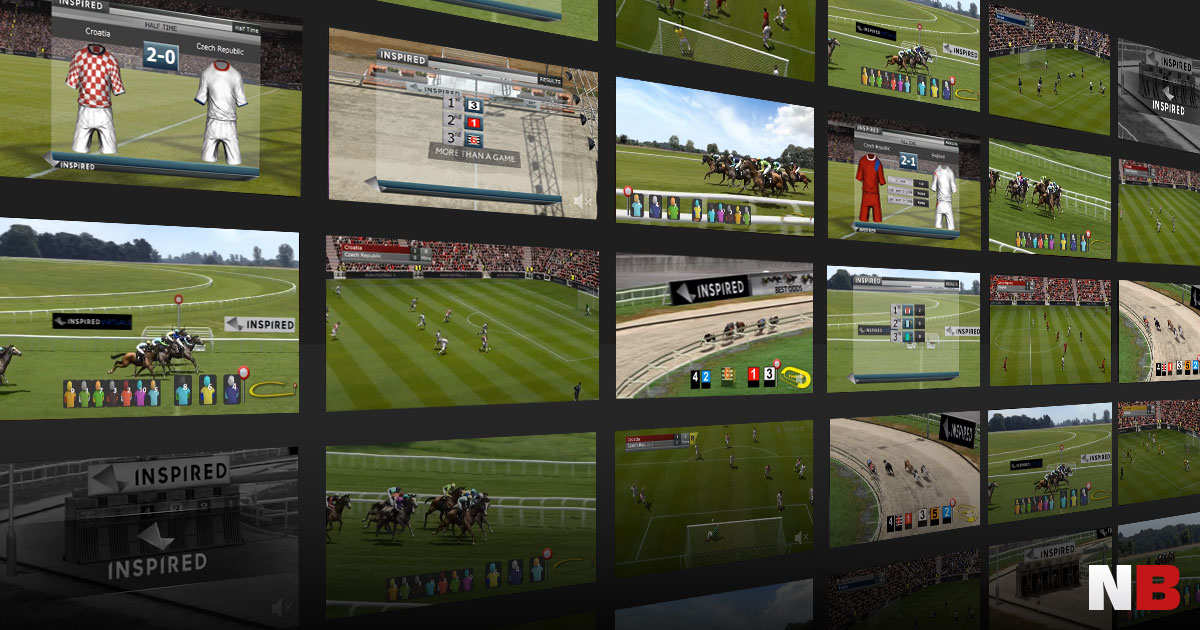 There was a time in our history where if you were not right there watching while a thing was happening, you couldn’t bet on it. Sure, you could put your money with someone and go off and do something else, but unless you could absolutely trust that person not to cheat you, you were taking a risk.
There was a time in our history where if you were not right there watching while a thing was happening, you couldn’t bet on it. Sure, you could put your money with someone and go off and do something else, but unless you could absolutely trust that person not to cheat you, you were taking a risk.
Eventually, we had telephones. Now the results of races could be broadcast far and wide (although as the classic movie The Sting demonstrated, there were limitations and dangers associated with this). Then television came along, allowing both punters and bookies to observe the action at the same time, in the same room. Satellite television was the real game-changer. This allowed TV companies to broadcast more events on more channels from countries all around the world. Instead of being stuck watching one match, you could now potentially watch all of them, depending on how many screens you had access to. Here we are now with the internet and mobile technology, which gives you all these things and more, in the comfort of your own home or the palm of your hand.
The innovations have not stopped. We now have Virtual Sports betting – which is not to be confused with E-Sports, which is betting on teams of professional gamers playing against each other – a whole new and exciting way to play.
Playing Ball with a Fridge
The origins of Virtual Sports go back a long way, way before satellites and mobile phones. In 1961, John Burgeson created a version of virtual baseball on an IBM 1620. This was not the personal computer he was tinkering with in his study – the IBM 1620 likely would not have fit in his study. Billed as a “small scientific computer”, it cost £85,000, was about the size of a family car and as approximately as loud as a passing commuter train. There were no screens, just a typewriter which would allow you to input commands, and a printer, which would output results.
Burgeson and his brother were huge baseball fans who watched plenty of live games and immersed themselves in the hundreds of statistics and averages that baseball is famous for. One day, they came up with the idea of inputting all this information into a 1620 and seeing if it could play through a match. Because this was not a real game, they realised that they could have some fun with it, throwing in players like Babe Ruth and Jo DiMaggio as well as some players that they had created themselves.
IBM resisted the idea of keeping this frivolous game in the software library for the 1620. It did not give off the right image, that these were serious machines for serious people. But Burgeson managed to talk them round, noting that his brother was one of IBM’s customers. In much the same way that early versions of Windows came with Solitaire and phones were bundled with Snake, these monster IBMs came with Burgeson’s virtual baseball team. In November 1961, a Pittsburgh radio station broadcast the simulated results of one of these games as if it was real. Virtual sports had been born.
Quick and Clean
These days, with computer technology thankfully having moved on a great deal, creating virtual games is relatively easy. After all, it would be as simple as setting an X-Box football game to zero players and watching it play itself. The difficulty comes from making it truly random. However, now we have random number generators (the incredibly complex machines that make long strings of genuinely random numbers by analysing things like background radiation and quantum mechanics), using them to configure the results for all sorts of things, from slot and card games to Virtual Sports.
It might seem strange, but Virtual Sports have proven to be a huge hit with gamblers all over the world. Why would people gamble on short games or races that do not involve real teams, when there are so many real-life games to choose from? There are a number of reasons. For a start, they are quick. If you are betting only on the result of a football match, why wait 90 minutes when a result could be generated in just three? For horse-racing, there is usually a minimum of half an hour between races while they get all the horses into position and prepare the rest of the race. With Virtual Sports, there is none of that – the moment one race ends, the next is ready to go. And it does not mean that punters must choose between one or the other. Many gamblers use that half-an-hour break between two real races to enjoy betting on 10 virtual ones.
The other benefit is that things always run smoothly. There are no cancellations due to bad weather or a poor running surface. And while real-life players or names are not included (so you cannot bet on a specific player to score first), almost all the other betting options are available, including the first team to score, the total goals scored, the over/under on the result and the exact result of the match.
Here at NetBet, we offer three types of Virtual Sports – football, horse racing and greyhound racing. Before long, we will add other types of game, including tennis, motorsport, speedway and cycling. The only limitations at the moment are in linking Virtual Sports to real ones. This is because it is familiar to gamblers and easy to comprehend. But in the future, we could find ourselves betting on virtual events that bear no resemblance to anything we recognise as a sport. After all, they are all made up of the same components. Randomly generated numbers to create a result, and ones and zeros to give you something to look at before the result is shown. If Virtual Sports gambling continues to rise in popularity at the rate it currently is, we are sure to see new innovations in this exciting and fast-paced part of the industry.



